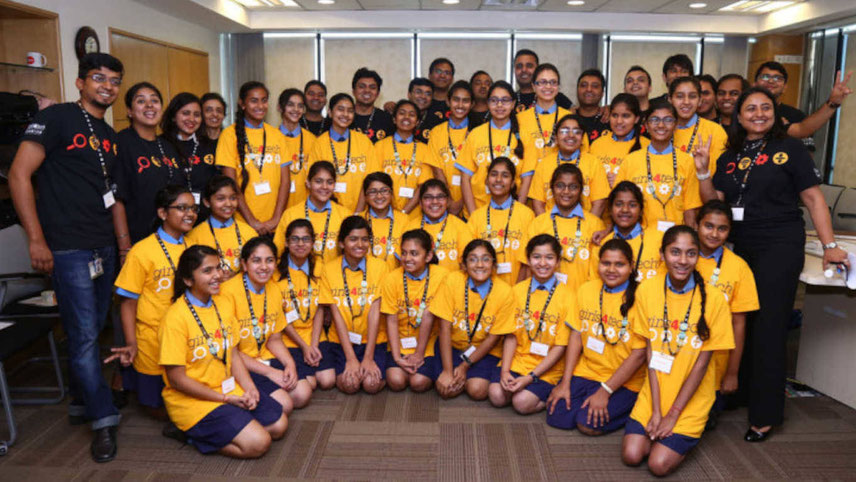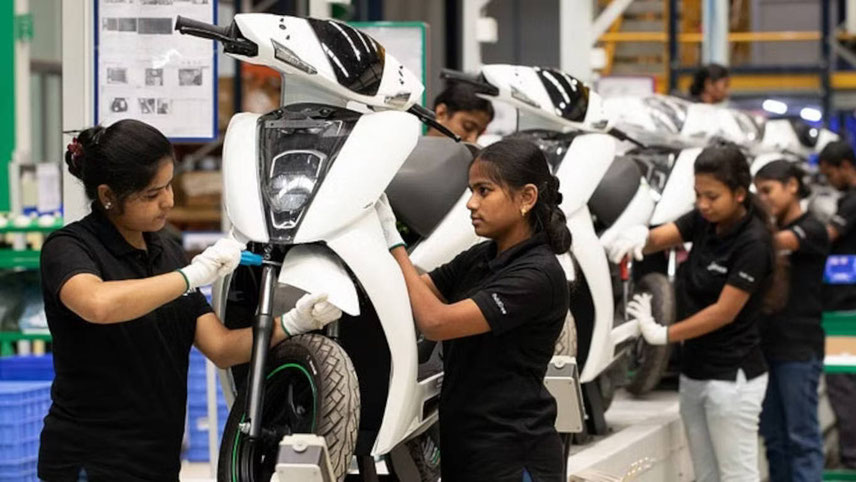
Women represent 50 per cent of the world’s population. Achieving the political, economic and social equality of all women, therefore, stands to benefit half the globe directly, with positive impacts on the other half through economic development. And, yet, women face barriers right from birth. In India and other parts of the world, deeply ingrained societal preferences for the male child means that women face discrimination across many aspects of their lives, from birth onwards. As an example, the Ministry of Health & Family Welfare in India identifies the child sex ratio of 918 females per 1,000 males (Census 2011) as a significant area of concern. This has gone down from 927 in 2001 and 945 in 1991, although the sex ratio at birth has shown some improvement from 892 in 2000-02 to 909 in 2011-13. Physical and sexual violence against women at home and at work reduces women’s ability to make choices over their own lives, including their right to work. This violence is an issue affecting at least one-third of the world’s women. Women spend as much as 10 times the time that men do on unpaid domestic chores, which inhibits the time woman are able to devote to work outside the home. The outbreak of Covid-19 has exacerbated this situation. Many women have had to stop working formally to devote themselves solely to unpaid domestic work. In the decade before the pandemic, female labour force participation had already been trending downward. As workers, women are employed largely in informal jobs and in less regulated sectors, which leave them without formal protections. Women hold less positions of leadership in the workspace. Although numbers are increasing, in India, women accounted for just 16.3 per cent of the new board appointments in 2020, as compared to about 30 per cent new board appointees globally. However, over the years, the government of India and the states have taken many important initiatives to increase women’s participation in the workforce -- starting from notifications removing restrictions on women’s right to work at night in factories or in underground mines to mandating at least one woman director on boards of certain companies (with turnover of Rs300+ crore). Comprehensive maternity benefits and protection from sexual harassment at the workplace has been crucial to enable women to remain in the workplace safely. Initiatives such as National Rural Livelihoods Mission, National Skills Development Mission and Start-up India are all examples of progressive policies, programmes and legislation, to increase the number of women in the workforce. Role of business: Governments have a critical role to play in setting an enabling environment for women’s economic empowerment. But business also plays a special role in fulfilling the vision of SDG-5 for gender equality and empowerment of women and girls. Corporate policies and practices have tremendous potential to create a significant spur in decent jobs and equal prospects for women. For this reason, the SDGs recognise businesses as major players in influencing inclusive and sustainable development. At the same time, businesses have realised that acting for gender equality is not just the right thing to do – it is the smart thing to do. The Boston Consulting Group described the women’s market as ‘the most important commercial opportunity in our lifetime’. There is ample evidence supporting the business case for promoting gender equality. A McKinsey study shows that companies with gender diversity are 21 per cent more likely to outperform their competitors on profitability. The UN Women India study indicates that women are the fastest growing consumer economy and by 2028, women will control close to 75 per cent of discretionary spending worldwide.


































